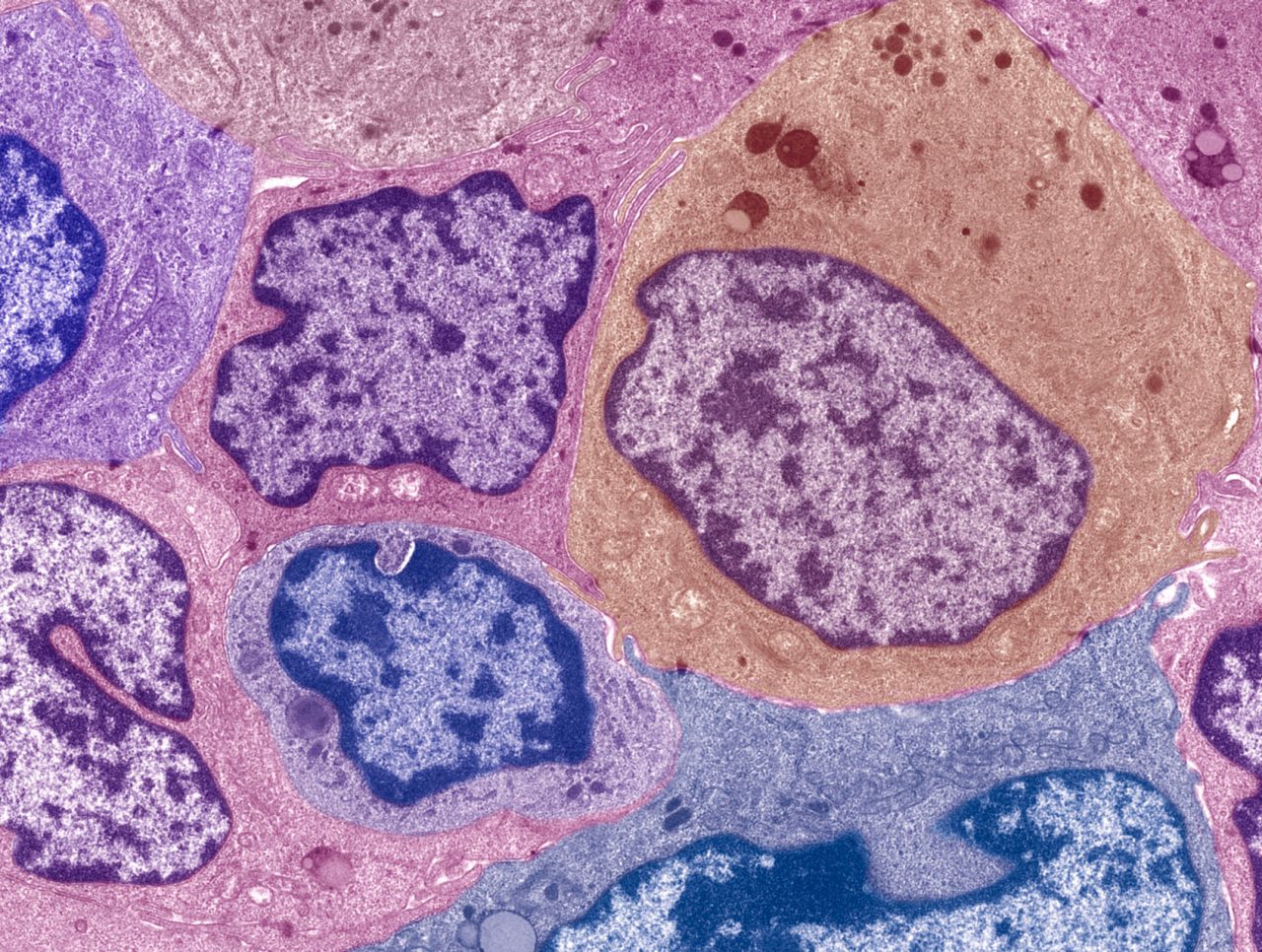What Is a Lumpectomy and What to Expect

What is a lumpectomy? This surgery is often used in early-stage breast cancer to remove a tumor and lymph nodes. Here’s what you should know.
Women diagnosed with breast cancer don’t always have to face mastectomy. While treatment for breast cancer hinges on individual factors and circumstances, a lumpectomy is often an option for many women with early-stage cancers.
What is a lumpectomy? Often referred to as breast-conserving surgery, a lumpectomy is an operation to remove cancer and some normal tissue around the malignancy. Breast cancer patients may have cancer in lymph nodes, so lymph nodes under the arm are usually taken out during the procedure for biopsy. In addition, a portion of the chest wall lining may be removed if the cancer is located nearby, the National Cancer Institute points out.
YOU MIGHT ALSO LIKE: The Many Types of Breast Cancer
After the lumpectomy is over, the tissue removed is examined by a pathologist, who looks to see if there are any cancer cells at the edges. If the tissue is free of cancer cells, the margins are deemed clear or negative; if some cancer cells are spotted, the tissue has positive margins, and you may need to have more tissue removed in another procedure. If your surgeon can't get clear margins in a subsequent try, a mastectomy may be needed.
The primary advantage to having a lumpectomy is that most of a woman’s breast is preserved. If you have early-stage breast cancer and opt for a having a mastectomy — the removal of an entire breast — you will likely not need radiation treatment. However, radiation is usually performed after a lumpectomy. Some women, whether they have a mastectomy or breast-conserving surgery, may receive other treatments, as well, such as chemotherapy or hormone therapy.
Lumpectomies with radiation have an excellent prognosis, according to the results of several large studies. Research involving over 100,000 women with breast cancer, published in the American Cancer Society’s journal Cancer, concluded lumpectomy with radiation is an effective alternative to mastectomy for early-stage disease, regardless of a woman’s age or hormone receptor status.
While lumpectomies are frequently possible for women with early-stage breast cancer, there are other factors that determine whether a woman is a good candidate for this breast-conserving surgery, according to the American Cancer Society.
- For a lumpectomy, your area of cancer should be small (a 5-cm or smaller tumor), relative to your breast size; if there are multiple areas of tumors, they should be small and close together.
- If you are pregnant and have breast cancer, you may be a candidate for lumpectomy – but only if you don’t need radiation therapy immediately (to avoid risking the unborn baby).
- You should not have a BRCA mutation, which can increase your chance of a second cancer and makes a total mastectomy a better choice than a lumpectomy in this case.
- If you have a serious connective tissue disease, such as scleroderma or lupus, you could be highly sensitive to the side effects of radiation therapy, so a mastectomy without radiation could be a better choice.
- Lumpectomies are not an appropriate treatment for inflammatory breast cancer.
Breast-conserving surgery is usually done in an outpatient surgery center, and you will likely not need to stay in a hospital overnight. You will receive instructions explaining how to care for the surgery site, surgical dressing and, if you have one, a drain – a small tube to remove fluid that accumulates during healing.
You’ll also be told when you can bathe and exercise after your surgery and receive prescriptions for pain medication and possibly an antibiotic. Instructions will include information on contacting your doctor or nurse and when to schedule a follow-up appointment with your doctor – usually in one to two weeks after your surgery.
As with any surgical procedure, side effects are possible. You can expect some pain or tenderness at the lumpectomy area, along with temporary swelling. The American Cancer Society says most women recover quickly and can return to their regular activities within two weeks.
Let your doctor know if you experience ongoing pain in your chest wall, arm, or arm pit, that doesn’t seem to get better over time – you may have a form of nerve pain called post-mastectomy neuropathy syndrome or one of several other problems. Also contact your doctor’s office immediately if you experience bleeding or signs the surgery site is infected.
If underarm lymph nodes were removed, it’s possible to develop lymphedema, marked by swelling of the arm, months or even years after the cancer surgery. If you develop this condition, talk to your physician’s office about exercises and compression garments that can help.
Depending on how much tissue was removed during a lumpectomy, the shape of your breast make change only slightly, have a dented appearance, or appear misshapen. Talk to your surgeon before your lumpectomy so you’ll have a good idea about what to expect. If you want breast reconstruction, schedule an appointment with a plastic surgeon before the procedure to discuss your options.
The good news is improvements in breast reconstruction techniques following a lumpectomy or mastectomy result in more natural looking results than in decades past. The goal of breast reconstruction is to restore your breast to near normal shape, appearance, symmetry, and size following your surgery, according to the American Society of Plastic Surgeons.
If you decide on breast reconstruction, your cancer surgeon and plastic surgeon will determine the best timing for the surgery.
Updated:
March 16, 2020
Reviewed By:
Christopher Nystuen, MD, MBA